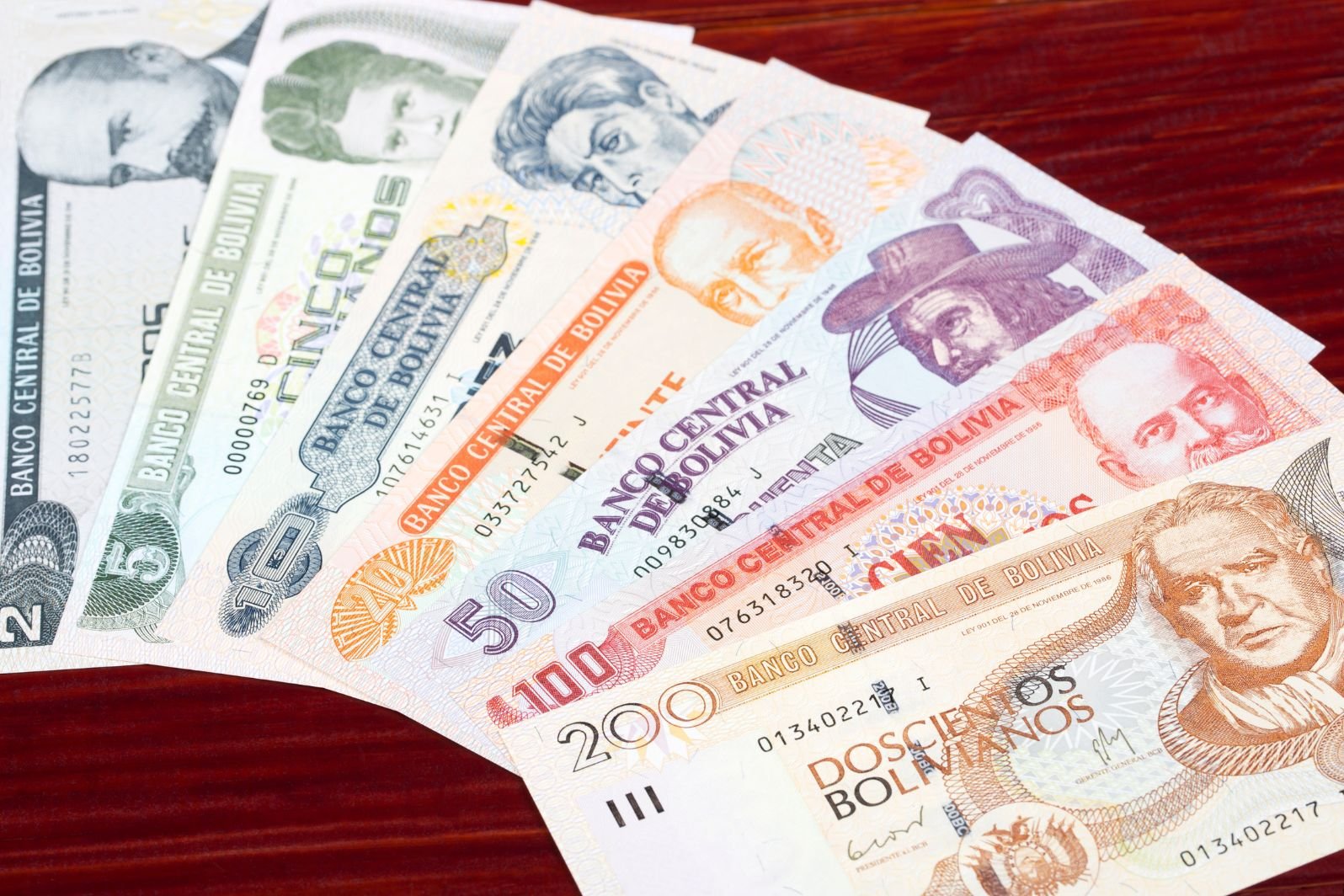The exchange rate between two currencies is a critical indicator of their economic health and global standing. For individuals and businesses engaged in cross-border transactions, keeping track of exchange rates is essential. One such pair of currencies that garners attention is the Brazilian Real (BRL) and the Bolivian Boliviano (BOB). As of July 28, 2023, let’s take a closer look at how these currencies are faring in the foreign exchange market.
Overview of the Brazilian Real (BRL):
The Brazilian Real is the official currency of Brazil, South America’s largest country in terms of both landmass and population. Symbolized by “R$”, the Real has been the nation’s legal tender since 1994. The Central Bank of Brazil regulates its issuance and strives to maintain stability and control inflation through monetary policies.
Overview of the Bolivian Boliviano (BOB):
The Bolivian Boliviano is the official currency of Bolivia, a landlocked country in South America. Symbolized by “Bs” or sometimes “BOB,” this currency has been in use since 1864. The Central Bank of Bolivia is responsible for overseeing its circulation and maintaining monetary stability in the country.
Current Exchange Rate:
As exchange rates fluctuate daily due to various economic and geopolitical factors, it is crucial to obtain the latest information from reliable financial sources. On July 28, 2023, the exchange rate from Brazilian Real (BRL) to Bolivian Boliviano (BOB) stands at 1 BRL = 1.58 BOB.
It’s important to note that exchange rates are influenced by a myriad of factors, including interest rates, inflation rates, trade balances, political stability, and economic performance. Central banks in both Brazil and Bolivia play significant roles in managing these factors to achieve their monetary policy objectives.
Factors Affecting the Exchange Rate:
Several factors may contribute to the fluctuations in the BRL to BOB exchange rate:
- Interest Rates: Higher interest rates in Brazil can attract foreign investors seeking better returns on their investments, which can increase demand for the Real and consequently strengthen its value against the Boliviano.
- Economic Performance: Strong economic growth in Brazil can boost investor confidence, leading to increased foreign investment and a rise in the value of the Real relative to the Boliviano.
- Political Stability: Political uncertainty can lead to fluctuations in exchange rates, as investors may become cautious and hesitant to invest in countries with unstable political climates.
- Commodity Prices: Both Brazil and Bolivia are major exporters of commodities. Changes in global commodity prices can influence the exchange rate between their currencies.
- Inflation Rates: Differentials in inflation rates between the two countries can impact their purchasing power and, consequently, their exchange rate.
Implications for Trade and Tourism:
A favorable exchange rate for Brazilians visiting Bolivia can lead to increased tourism as travel becomes more affordable. Conversely, Bolivians exporting goods to Brazil may benefit from a weaker Boliviano, making their products more competitive in the Brazilian market. However, importers in Bolivia may face higher costs for Brazilian goods if the Real strengthens.
In conclusion, exchange rates between currencies are subject to constant change due to a wide array of economic and geopolitical factors. As of July 28, 2023, the exchange rate from Brazilian Real (BRL) to Bolivian Boliviano (BOB) stands at 1 BRL = 1.58 BOB. It is essential for businesses, travelers, and investors to stay informed about such fluctuations and consider these factors when engaging in transactions involving these currencies. Always consult reliable financial sources and consider seeking advice from experts when necessary.
